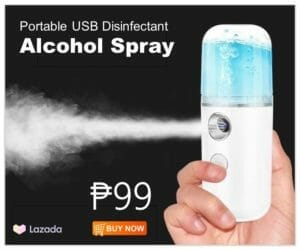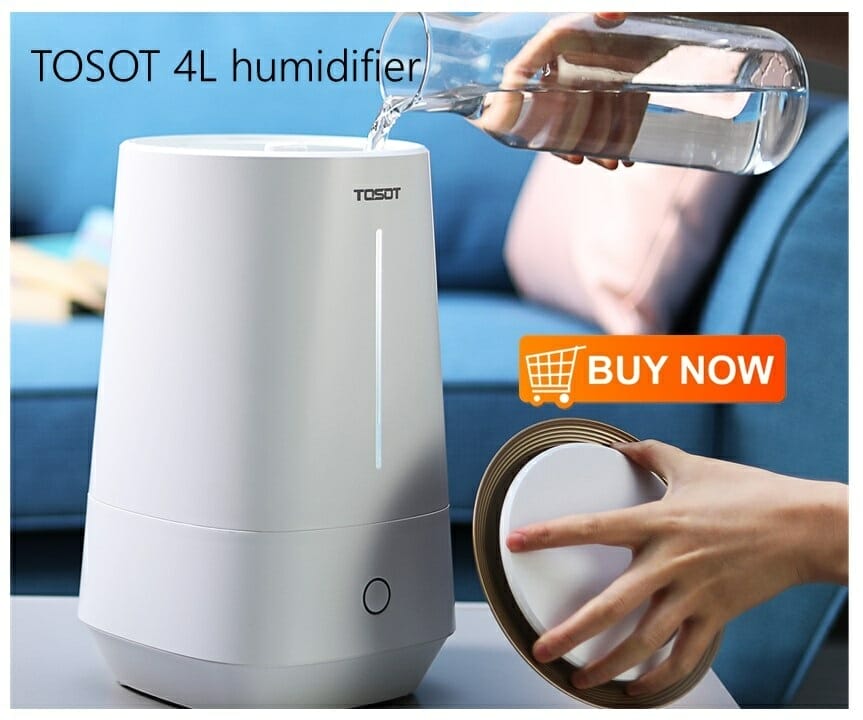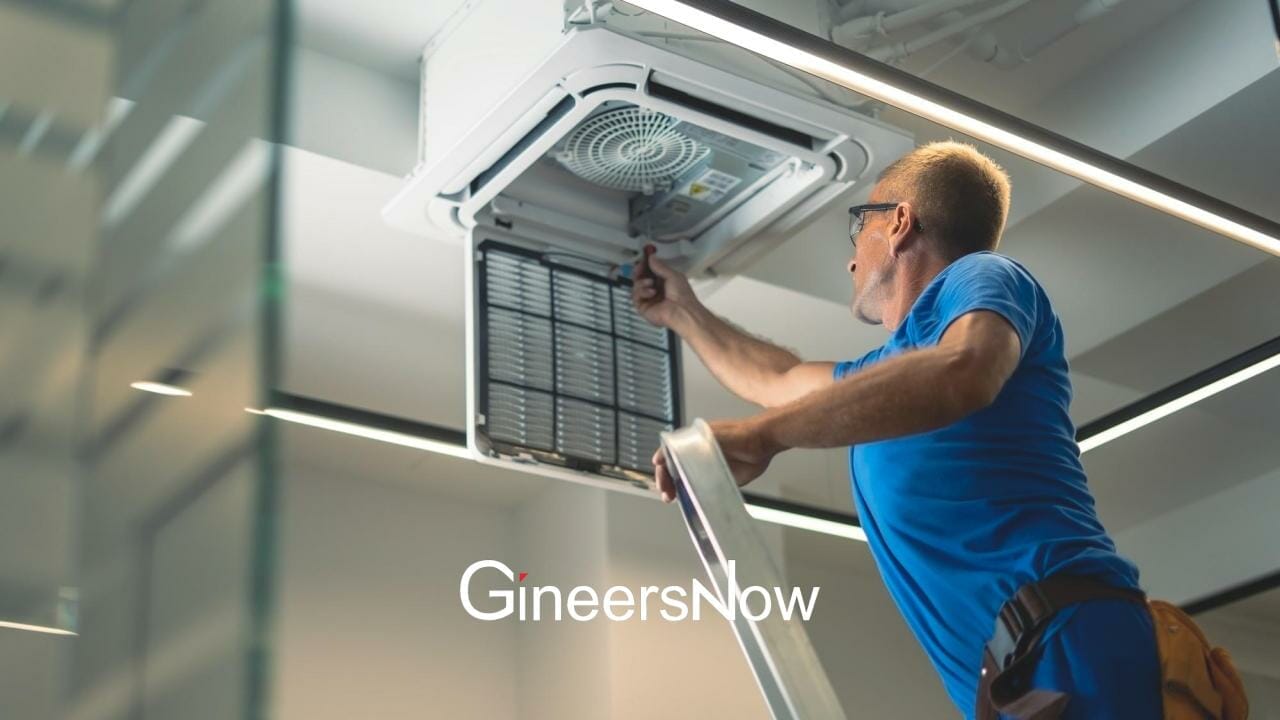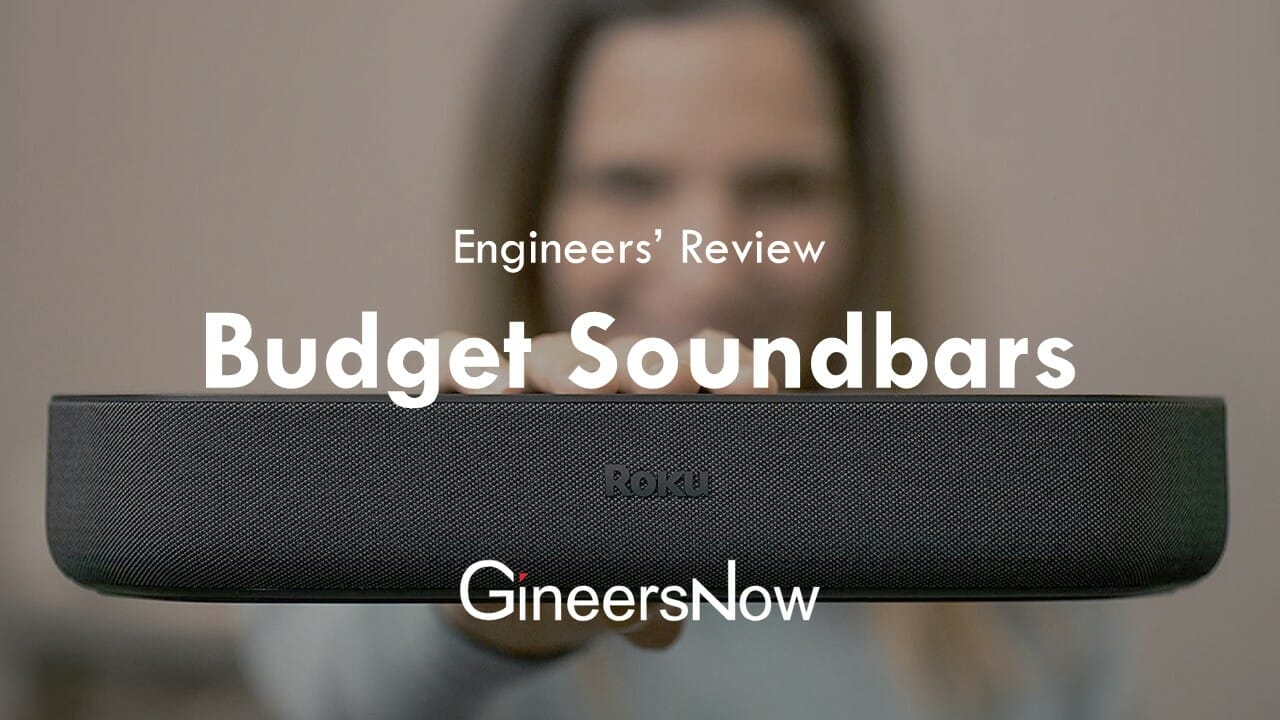HVAC Safety
With the easing of restrictions in various countries amid Covid-19 pandemic, and life gradually returning to normal, employees across all sectors have started going back to their workplaces, thus the urge to highlight the needs of effective building and utility systems’ procedures, to ensure that these offices and buildings provide HVAC safety system and protection from contaminants.

Effective building and utility systems, including Heating, Ventilation and Air Conditioning Systems, are indispensable in fighting the spread of any pandemic or infection, as they help to eliminate and reduce the impact of ‘micro-virus’ or airborne viruses, thus ensuring the health and safety of employees and visitors inside the building.

The outbreak of the COVID-19 has raised concerns about the virus’ airborne transmission, calling for an urgent re-evaluation of ventilation systems inside closed spaces in order to ensure a superior Indoor Air Quality (IAQ).
HVAC engineers recommended several important precautionary measures, noting that such measures are optional and not mandatory since they do not eliminate the risk of infection, rather, help to reduce its transmission, especially with the possibility of viruses traveling through the air at a higher rate in closed spaces, in addition to the possibility of viral particles traveling between surfaces, if the air flow is higher than the required limit.

HVAC Safety #1: Enhance your Indoor Air Quality
The importance of maintaining the Indoor Air Quality in buildings, through a number of basic requirements should be addressed by the building’s facility management and HVAC safety contractors.
It is essential to ensure the filtration and purification of air entering the building through the HVAC Safety Systems; setting temperature and humidity at specified levels.

Underlining the significance of maintaining the highest levels of fresh air in closed areas, he said that the percentage of fresh air differs from one place to another depending on the application and utilization purposes – such as office buildings, renewable energy factories, consumer electronics warehouses, hospitals, etc. – and the type of HVAC Safety Systems it is equipped with.

HVAC engineers stressed that the best way to ensure that virus particles do not hover or linger in common enclosed spaces is to increase its rate of ventilation and air circulation, and to ensure the methods of expelling the particles outside the building.
International Air Quality Standards – including The American Society of Heating, Refrigerating and Air-Conditioning Engineers (ASHRAE 62.1) – recommend that air should be regularly changed and circulated in rooms every hour depending on the size of the room, its use, the number of individuals inside it and other related factors.

For example, the air inside smoking rooms needs to be changed 15-20 times/hour, laboratories 6-12 times, warehouses 3-10 times, offices 6-8 times, office buildings’ dining rooms 7-8 times, meeting rooms 8-12 times, and parking in building basement 15-30 times.
HVAC Safety #2: Adapt your maintenance methodology

HVAC engineers recommends providing Air Handling Units with high-quality, efficient filtration systems that can filter out viral particles of all sizes. It is also advised to carry out periodic preventive maintenance checkups, and to increase their frequency during the pandemic.
Furthermore, HVAC technicians and engineers suggests cleaning and sterilizing the air ducts, water ducts, filters and other components, with switching off and restarting the system from time to time, while ensuring optimum humidity levels inside the units, to combat the spread of viral particles, molds and bacteria inside them.

HVAC Safety #3: The new normal of future building design
Project owners, consultants and contractors should consider several factors when designing new buildings and facilities.
The HVAC equipment should meet the buildings’ requirements, taking into account the necessary and the required levels of fresh air, and to increase the ventilation whenever required, as ventilation and an exchange between indoor and outdoor air is vital to reduce airborne pollutants and to reduce disease transmission rates.

Furthermore, it is advisable to place the HVAC equipment in a part of the building that is easy to access for frequently carry out the necessary maintenance and cleaning procedures.
Humidity levels inside the building should not be less than 40% or exceed 60% in order to prevent the growth of mold and the multiplication of pollutants that will inevitably affect the health of people inside the buildings.













